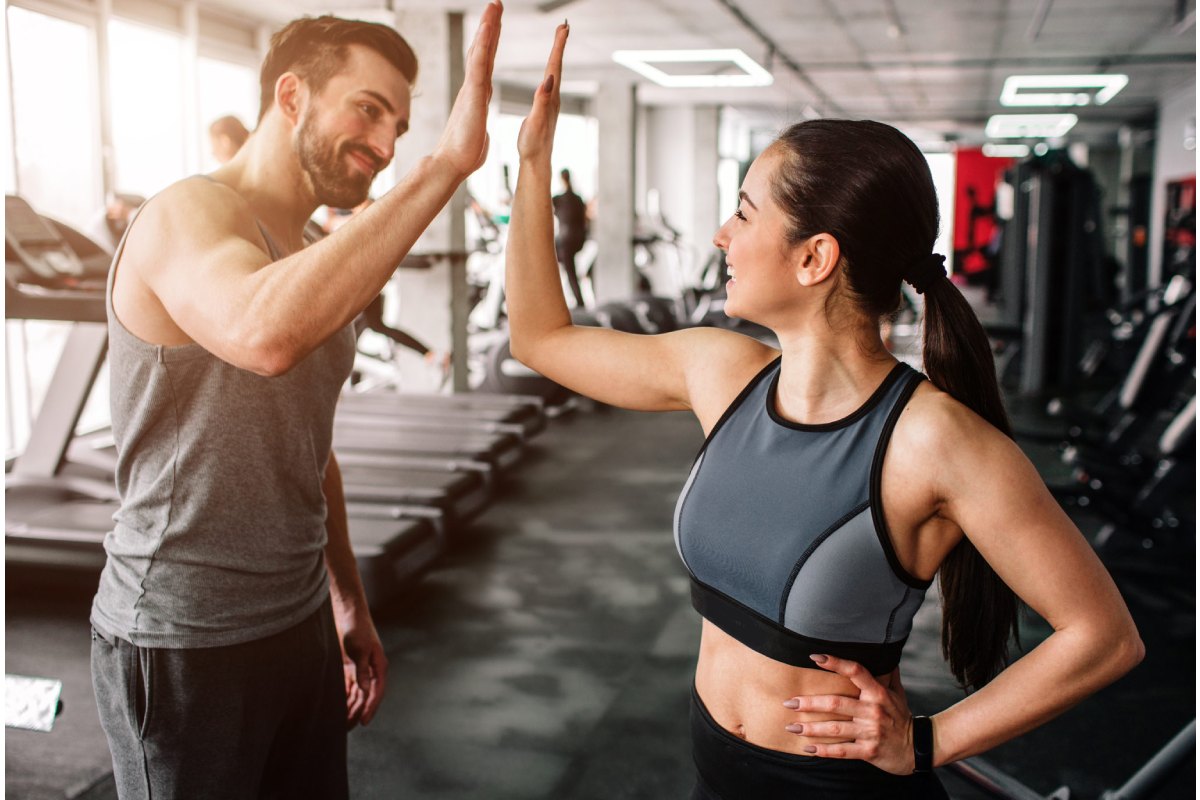

Burnout can get to those who adore being active. In this case, there is no desire to return to the gym, no matter how much you enjoyed working out before the crisis hit. Here’s how to avoid it.
Burnout can manifest itself in many activities and can also affect those who are engaged in something seemingly not at all routine. Namely, those who communicate a lot with people, who are passionate about creativity or, for example, training.
But the cause of burnout in all of these cases will be the same. This condition comes when a person fails to create and maintain balance in their life. Each of us has a “balance wheel” that includes work, time with family, socializing with friends, hobbies, and other components of life. When there is a “bias” toward one of them, such as exercising, sooner or later, the overall feeling of life will cease to be satisfying. And it’s not so much the training itself as the fact that other areas don’t get enough attention.
In professional athletes, the ability to train without burnout is the result of a large team that includes sports physicians and psychologists. Their training schedules are thought out, and regular testing helps detect overtraining in a timely manner.
In regular fitness and amateur sports, the situation is different, and the limit comes at the moment of training satiety when the process is not built correctly. As a rule, too little time is allocated for recovery. This provokes not only burnout but also creates the risk of injury. That’s why periodization is so important.
Giving up fitness completely is a short-term measure that can’t really be a solution to the problem of burnout. Those who do functional training are known to have deep muscles that “hold” the effect for two to three days. If you quit training for a long time, you’re back to the starting point.
Table of Contents
Rest can be different: passive, without adding activity (e.g., relaxing walks, betting on your favorite sport at https://22bet.com.gh/line/Football/, watching movies) or, conversely, active with restorative workouts. Add to that a swimming pool or massage – in short, anything that relaxes you.
Floating is a wonderful choice. It’s swimming in water with a high salt content, which creates a feeling of weightlessness. It takes place in the dark and therefore allows you to “disconnect” from the outside world. The nervous system comes to rest, and the muscles relax, the mobility of the joints increases, and metabolic waste products, including residual lactic acid, leave the body.
If you have created a proper and flexible schedule in which there is a place for recovery from workouts, burnout won’t touch you. Sleep is especially important for the reason that its deficiency increases cortisol levels, and with such a hormonal background, it is impossible to train effectively.
An important point about the “balance wheel” is that there should be a feeling of internal balance in life. Maintaining it externally is a strategy that won’t work. External motivation has only been known to work for three months; coercive training cannot become part of life for real. If external motivation is not transformed into internal motivation in three months; the imposed activity will be gone from your life. It won’t cause you that hormonal surge of endorphins that occurs when we do what we love.
Having an outside motivator won’t hurt. It can be a coach who helps to take a new look at the usual squats and lunges, supports, instructs, points out the results, and gives recommendations for effective rest.
If you are engaged only in strength training and feel burned out; don’t want to go to the gym, you need to replace the usual activity for the diametrically opposite one. For example, it could be water training, dancing, yoga in hammocks, and pilates. The effect of novelty and the unusual feeling of a new load at the body level will work. Most likely, this will be able to “pull” you back into regular exercise.
After a year of regular exercise in one direction or another; you should either add something new to your training schedule or adjust and change the activity to prevent burnout.
Technology is an integral part of most teenagers' lives today. While devices and social media… Read More
LASIK is one of the most popular vision correction surgeries that offers you freedom from… Read More
Plumbing issues can arise unexpectedly, and understanding the costs involved is crucial for homeowners and… Read More
Skin aging is often associated with external factors like sun exposure and pollution, but inflammation… Read More
Pests are more than just a nuisance—they can pose serious health risks to you and… Read More
Bicep tendonitis is an overuse injury that can sneak up on you, especially if you’re… Read More